After merging with Ben Tre and Tra Vinh , Vinh Long province has emerged as a coastal entity with rich potential, having the leading socio-economic scale in the Mekong Delta region.
With a coastline of over 130km, two strategic river mouths Cung Hau and Dinh An, and a complete ecosystem of rivers, seas, and inland areas, Vinh Long has all the conditions to develop a modern marine economy . This is an opportunity for the province to restructure growth, becoming a green, sustainable, and inclusive growth pole.
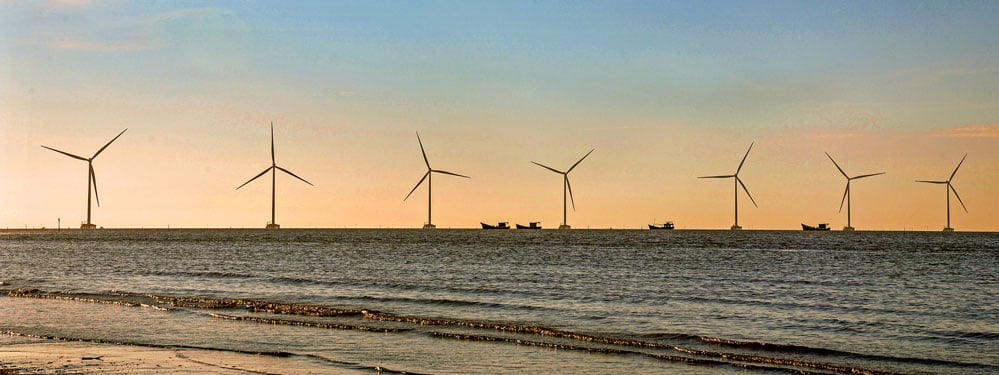 |
Great potential, outstanding advantages
The merger of the three provinces creates a large development area with an area of over 6,200 km² and a population of over 3.3 million people. In particular, Vinh Long has a long coastline and a large estuary system, where the Tien and Hau rivers flow into the East Sea. This is a rare advantage, opening up the prospect of building a comprehensive marine economy, where marine aquaculture, renewable energy, logistics, seafood processing, marine tourism and coastal urbanization develop together.
The province currently has over 122,000 hectares of aquaculture, of which 40,000 hectares are coastal brackish and saltwater areas. In 2024, the output will reach 725,000 tons, of which brackish water shrimp alone accounts for nearly 40%. High-tech farming models such as white-leg shrimp, clams, blood cockles, yellowfin pomfret, and grouper have been established in Thanh Phu (Ben Tre), Cau Ngang, Duyen Hai (Tra Vinh), creating a foundation for building a high-tech seafood value chain.
The coastal areas of Duyen Hai, Cau Ngang and Binh Dai have an average wind speed of 7-7.5m/s at an altitude of 100m, among the highest in the Mekong Delta. By the end of 2024, Tra Vinh had operated 5 wind power plants with a capacity of 390MW; Ben Tre deployed 7 more projects, with a total capacity of 450MW. The theoretical potential of more than 2,500MW offshore opens up the opportunity to turn Vinh Long into the region's clean energy center.
Dinh An and Duyen Hai port clusters are international gateways, directly connecting to global shipping routes. The Tien and Hau river systems and the intra-provincial canal network create advantages for developing sea and river logistics, reducing transportation costs for agricultural, aquatic products, energy, and construction materials. This is a condition for forming a regional logistics center.
Ecotourism and marine culture also have great potential with Ba Dong beach, Con Chim, Con Phung, Thanh Phu beach and Khmer heritage, traditional craft villages. In 2024, Vinh Long will welcome 5.2 million visitors, with revenue of nearly 4,600 billion VND.
The seafood processing industry has more than 40 factories in Tra Vinh and Ben Tre, with a capacity of over 250,000 tons/year, reaching an export turnover of 850 million USD in 2024, accounting for 80% of total exports. More than 320,000 people living in coastal districts are an important human resource, and at the same time the basis for the formation of urban areas, services associated with seaports, industrial parks and eco-tourism.
Challenges and directions
Vinh Long's marine economy still faces many difficulties. Infrastructure is not yet synchronized: Dinh An and Can Tho shipping channels are heavily silted, requiring dredging of 1-1.5 million m³ of mud and sand per year; the coastal roads of Ben Tre and Tra Vinh are only half completed; there is a lack of regional logistics centers and large-capacity cold storage, making seafood logistics costs 15-20% higher than the regional average.
Climate change is a big challenge, when saltwater intrusion from Cung Hau and Dinh An estuaries reaches 40-50km in the dry season, affecting 12,000 hectares of aquaculture and 8,500 hectares of agriculture. Coastal erosion in Duyen Hai and Thanh Phu occurs at an average of 8-12m/year, in some places up to 20m/year, threatening thousands of households.
Human resources are still limited, the rate of professionally trained workers is only 52%, lower than the regional average. There is a shortage of engineers and technicians in marine aquaculture, wind power, and port management.
The post-merger regime also raises the issue of the three former provinces having their own planning systems, leading to overlaps in 23 sectoral plans. The province has not yet established a provincial Marine Economic Coordination Board, reducing management efficiency and investment attraction.
To make the marine economy a driving force for development, Vinh Long needs to have an integrated marine spatial planning associated with the Provincial Planning 2026 - 2030, vision 2050, apply integrated coastal zone management (ICZM), clearly define functional areas. Develop high-tech aquaculture, switch to a circular model, reduce antibiotics, increase quality; form a regional aquatic breed research center, expand offshore farming combined with renewable energy and tourism.
Investing in logistics infrastructure, forming a logistics center in Dinh An, completing the coastal route, building large cold storage, fishing logistics services; socializing dredging the Dinh An-Can Tho channel. At the same time, promoting clean energy, developing offshore wind power with a capacity of 1,000 MW by 2030, encouraging floating solar power, and researching wave and tidal energy.
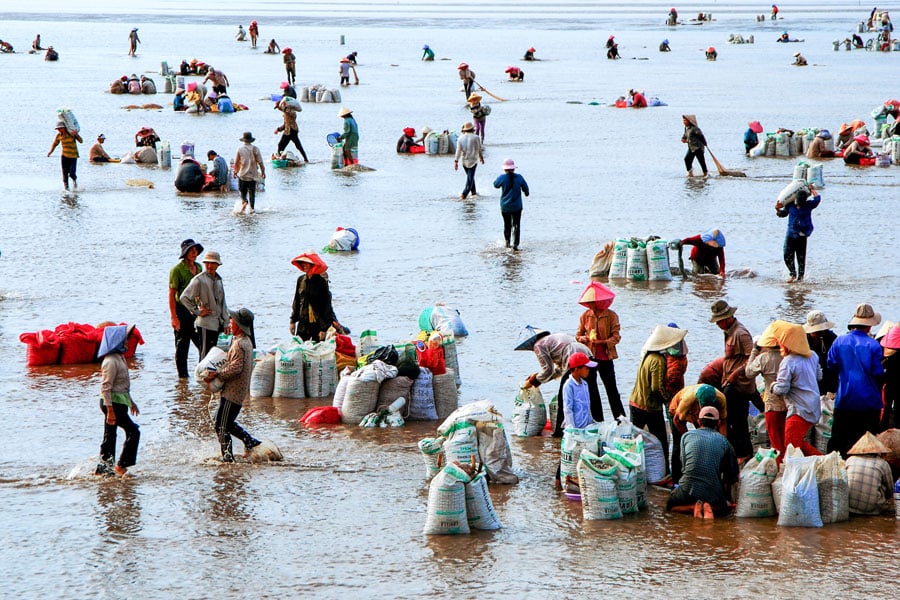 |
Developing sea and cultural tourism, building inter-provincial tourism routes to Ba Dong, Con Chim, Con Phung and Thanh Phu, associated with Khmer culture and craft villages; applying smart tourism. Building residential clusters and coastal urban areas adapting to climate change, planning ecological residential clusters with infrastructure against storms and saltwater intrusion; developing coastal urban areas associated with ports, industrial parks, logistics services, and renewable energy.
Propose that the Central Government add Vinh Long to the list of key provinces for marine economy in the national strategy; prioritize ODA capital and budget for strategic infrastructure projects such as coastal routes, upgrading Dinh An and Can Tho waterways, and logistics centers.
The locality needs to establish a provincial Marine Economic Coordination Board, build a marine economic development program for 2026-2030, with a vision to 2050 with clear goals; promote human resource training, connect schools, institutes, and businesses. Businesses need to invest in a closed marine value chain with farming, processing, logistics, and export; link with marine industry associations to share infrastructure, improve competitiveness, and build the Vinh Long marine brand.
The merger of three provinces has given Vinh Long a coastal space rich in potential, where rivers, seas and inland converge. Six key areas including marine aquaculture, renewable energy, marine logistics, rivers, eco-tourism, processing industry and coastal urban areas form a comprehensive marine economic ecosystem.
The marine economy is not only a natural advantage, but also a strategic driving force for the province to restructure, shift towards industry and services, increase added value and international integration. However, to turn potential into strength, the province needs to overcome bottlenecks in infrastructure, institutions, human resources and climate change adaptation.
If effectively utilizing its advantages, combined with institutional reform and strategic investment, Vinh Long can completely become a dynamic marine economic center, contributing to the successful implementation of the strategy for sustainable development of Vietnam's marine economy and creating growth momentum for the entire Mekong Delta region.
NGUYEN NGOC VINH – NGUYEN TIEN HUNG
Source: https://baovinhlong.com.vn/kinh-te/202510/vinh-long-sau-sap-nhap-but-pha-tu-kinh-te-bien-0bc016a/



![[Photo] Keep your warehouse safe in all situations](https://vphoto.vietnam.vn/thumb/1200x675/vietnam/resource/IMAGE/2025/10/1/3eb4eceafe68497989865e7faa4e4d0e)
![[Photo] President of the Cuban National Assembly visits President Ho Chi Minh's Mausoleum](https://vphoto.vietnam.vn/thumb/1200x675/vietnam/resource/IMAGE/2025/10/1/39f1142310fc4dae9e3de4fcc9ac2ed0)

![[Photo] Hanoi morning of October 1: Prolonged flooding, people wade to work](https://vphoto.vietnam.vn/thumb/1200x675/vietnam/resource/IMAGE/2025/10/1/189be28938e3493fa26b2938efa2059e)

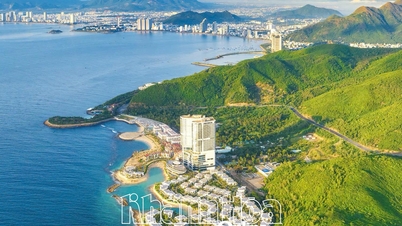

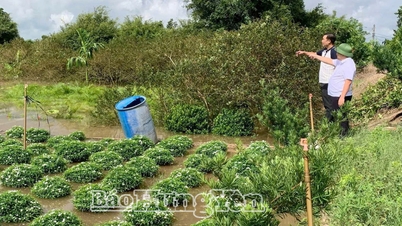

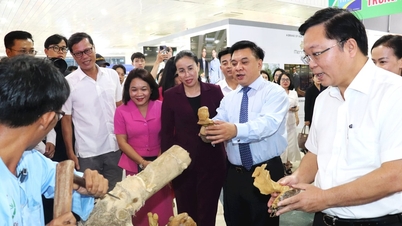

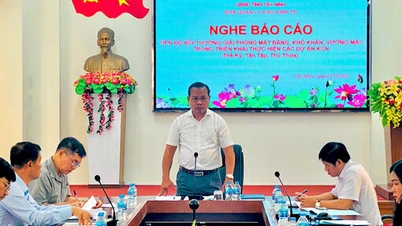

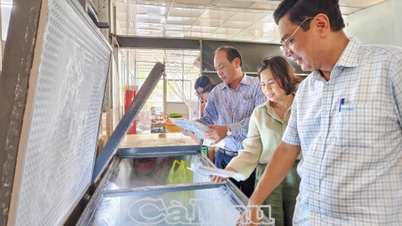

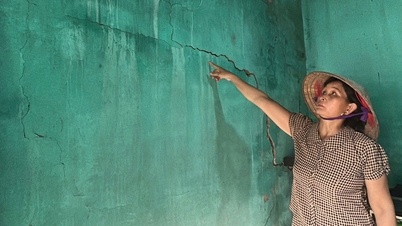







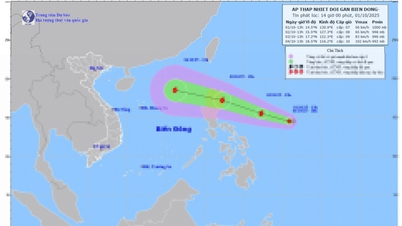
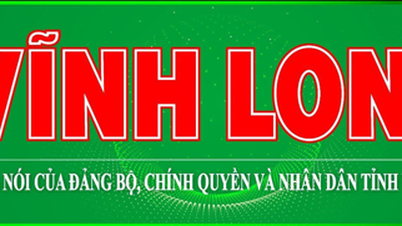
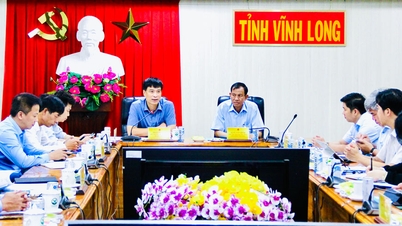














































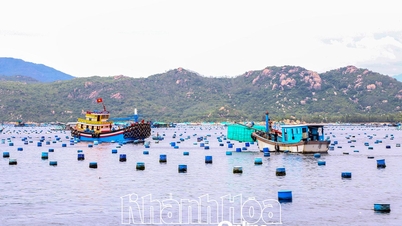

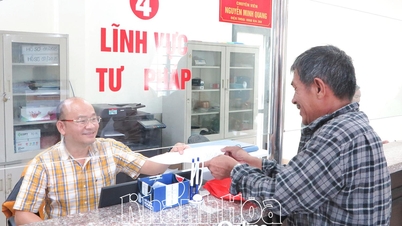













Comment (0)